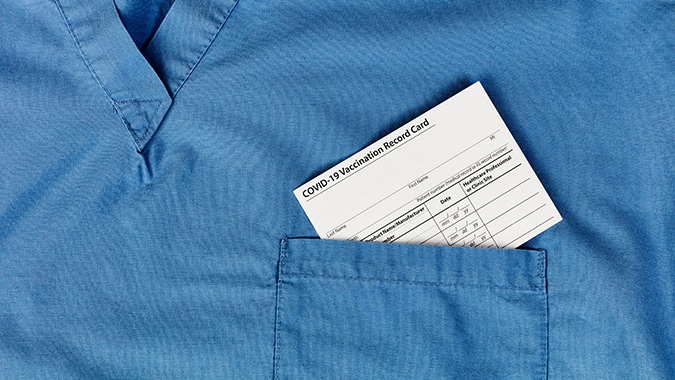Widespread criticism that not enough money from the first round of Paycheck Protection Program (PPP) loans made it to truly small businesses is prompting changes to the program by the government officials in charge of running it.
U.S. Small Business Administration Administrator Jovita Carranza and U.S. Treasury Secretary Steven T. Mnuchin have announced that any loans of more than $2 million would come under review by the Small Business Administration (SBA) once a loan forgiveness application is submitted. They also set aside a special time yesterday when the SBA would only accept loans from “small lenders and their small business customers.”
Funding for the first round of PPP loans was exhausted by April 16 after the SBA said it had approved 1.6 million applications that saved the jobs of 30 million workers. But a number of holding companies wound up benefiting from multiple loans to their restaurant and hotel chains even as hundreds of thousands of applications went unapproved because of a lack of funds.
“We have noted the large number of companies that have appropriately reevaluated their need for PPP loans and promptly repaid loan funds in response to SBA guidance reminding all borrowers of an important certification required to obtain a PPP loan,” Carranza and Mnuchin said. They promised to issue additional regulatory guidance implementing this procedure.
Another $310 billion was added to the program last Friday, and the SBA began accepting new applications on Monday. Congress set aside $60 billion of funding for small lending institutions but otherwise did not make substantial changes to the program.
In addition to announcing the new review policy, the SBA also limited the applications it accepted Wednesday from 4 p.m. to midnight to institutions with less than $1 billion in assets.
PPP provides loans to small businesses to meet expenses and pay employees while they are closed or severely limited in their operations and have little if any revenue coming in. Borrowers who spend most of their loan on payroll and meet other program requirements can have all or some of their loan forgiven.
